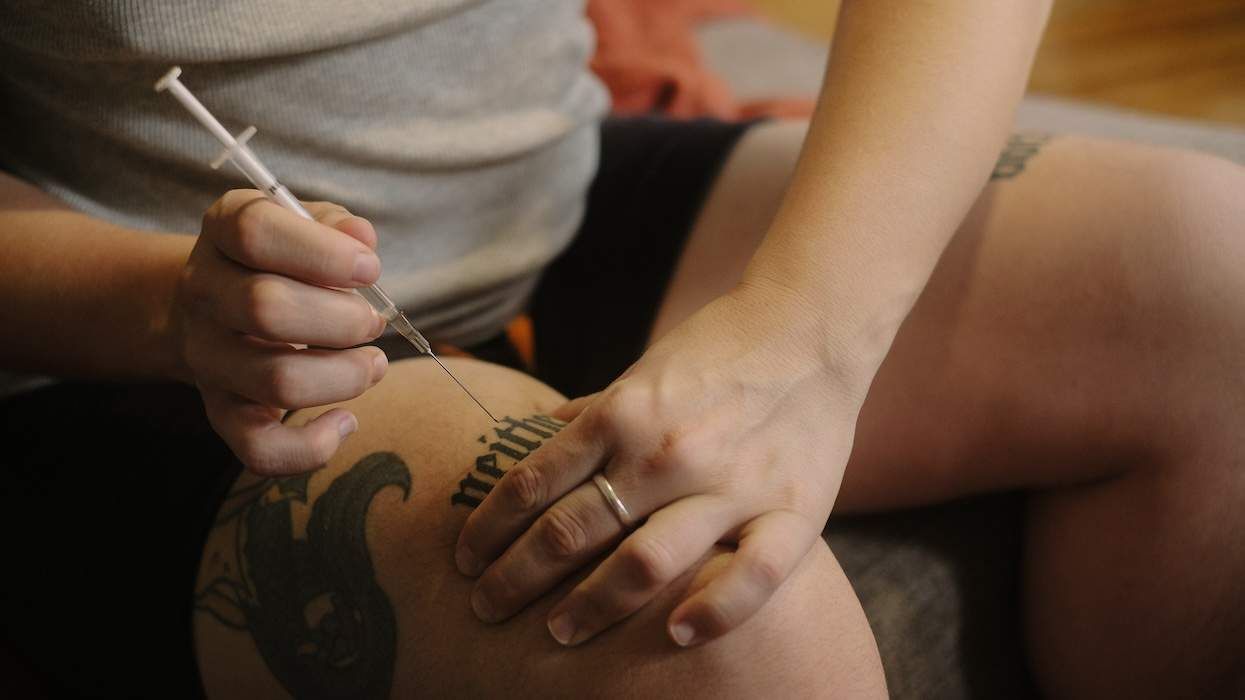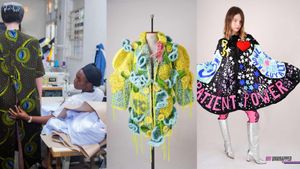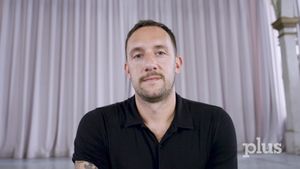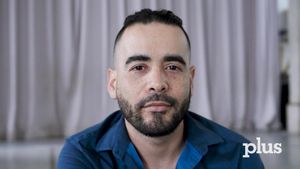Radiation may get
a little easier for thousands of breast cancer
patients: Doctors now can target cancer-killing beams just
at the tumor site instead of the whole breast, cutting
the usual six-week treatment down to five days.
A major study is
under way to prove whether the easier therapy is as
effective as the old-fashioned kind and if so, who's a good
candidate and which of three five-day methods works
best.
Even before those
results are in, Canadian scientists are working to
speed treatment even more. They've developed a one-day
method, in which radiation seeds are permanently
implanted inside the breast to kill stray cancer cells
while women go about their normal routines. This is similar
to an approach for treating prostate cancer in
men today.
It's an exciting
time for this new approach, called partial-breast
radiation, which was already quickly gaining in popularity
even before the National Cancer
Institute-funded study to prove how well it works
began recruiting volunteers in March.
But specialists
warn that women must carefully weigh the new options and
that the best course for those who want the shorter therapy
is to enroll in that study or several others testing
the new approaches.
"The question is,
how good are they?" says the NCI's Norman Coleman.
"You're not treating the whole breast. What's the loss (in
effectiveness) by leaving some of the breast untreated?"
Early-stage
studies suggest the five-day approaches can work well for at
least some patients, but too few women have been tracked for
long enough to be sure that partial-breast radiation
works as well as standard therapy in preventing
cancer's return.
"Patients need to
understand where we're at," cautions Frank Vicini of
William Beaumont Hospital in Royal Oak, Mich., who pioneered
the five-day approach and is leading the new NCI study.
About 70% of the
200,000 American women who will be diagnosed with breast
cancer this year qualify for a lumpectomy removing just the
tumor, not the whole breast. A lumpectomy plus
radiation cures early stage breast cancer just as well
as breast-removing mastectomies do.
But daily
radiation treatment for about six weeks is an inconvenience
at best, and at worst impossible for women who live
far from medical centers or who can't spare that much
time away from jobs or home responsibilities. Also,
some women suffer serious skin side effects from the
beams.
Consequently,
many early-stage patients choose a mastectomy. Worse, up to
one quarter of lumpectomy patients forego radiation
altogether, risking a recurrence.
Partial-breast
radiation attempts to focus the powerful treatment on just
the areas most likely to harbor stray cancer cells, those
near the original tumor; most methods do so from
inside the breast.
In the NCI study,
3,000 patients around the country are being randomly
assigned to either standard six-week radiation or one of the
three five-day methods:
Interstitial
brachytherapy, in which thin tubes are inserted through
the breast and pellets of radioactive iodine are temporarily
placed in the tubes twice a day;
Balloon
brachytherapy, administered with a machine called the
MammoSite that inserts radioactive pellets into a
balloon filling the tumor area;
External
radiation focused just on the tumor site.
In Toronto,
Jean-Philippe Pignol is trying to make partial-breast
radiation even faster--a one-day method similar to a
treatment men with prostate cancer can choose.
Pignol has permanently implanted pellets made of a
different radioactive material, palladium, into 44 women's
breasts. The pellets emit radiation for about two months
until they run out; they then sit harmlessly just
under the skin.
For this
treatment to work, Pignol and colleagues at Toronto's
Sunnybrook and Women's Health Sciences Centre had to create
an ultrasound-guided tube to implant the pellets at
just the right spot, and talk the pellets'
manufacturer into connecting the 60 pellets with
strands, almost like a necklace, so they don't shift.
In a study
published this month by the American Society for Therapeutic
Radiology and Oncology, Pignol's first 16 patients tolerated
the treatment well. He's tracking how the women fare
over time.
Finally, the Food
and Drug Administration last week approved a new
machine, Xoft's Axxent Electronic Brachytherapy System, to
deliver partial-breast radiation through a miniature
X-ray system, potentially easier for doctors to
handle.
All of these
methods must be rigorously tested to prove whether they're
equally effective, cautions Vicini.
But probably, he
says, "what you're going to end up finding out is
there's no one particular technique that works in all
patients. Ultimately, we'll need more than one
technique." (AP)




































































Charlie Kirk DID say stoning gay people was the 'perfect law' — and these other heinous quotes